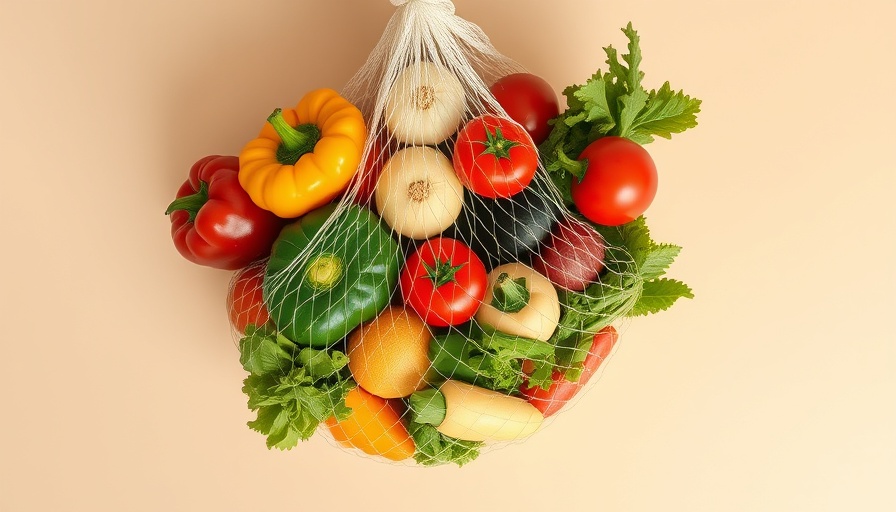
Enhancing Your Diet: Why Fiber is Essential
Fiber is more than just a buzzword in the latest health trends; it’s a crucial element of any balanced diet. Women, in particular, need to consider fiber’s essential role in health, from aiding digestion to improving heart health. Adding fiber-rich foods to your meals can help manage weight and reduce the risk of chronic diseases – and the good news is, it can be delicious!
Simple Yet Effective Strategies for Daily Fiber Intake
If you're wondering how to easily incorporate more fiber into your daily routine, here are several practical tips that don’t require a complete diet overhaul.
- Start Your Day with a Fiber Boost: Choose oatmeal or whole-grain toast for breakfast. They are packed with soluble fiber, essential for feeling full longer.
- Add Beans to Your Meals: Toss beans into soups, salads, or even your favorite pasta dish. They’re versatile, affordable, and an excellent source of plant-based protein.
- Snack on Fruits and Vegetables: Opt for fruits with edible skins, like apples and pears, and munch on raw veggies for a crunchy fiber hit.
- Switch to Whole Grains: Instead of white rice or bread, try brown rice, quinoa, or whole grain pasta. They taste great and provide significantly more fiber.
- Incorporate Nuts and Seeds: These are not only filling but also packed with nutrients. Just a handful can give your meals a delicious crunch!
Staying Motivated: Fiber for Family Health
Encouraging the family to eat more fiber can be a fun challenge! Engage your kids in the kitchen. Have them help prepare meals that feature fiber-rich foods. Not only does this teach them healthy habits, but it also helps foster a love for cooking together.
Try out fiber-packed recipes as a family, such as homemade veggie pizzas or smoothie bowls. You can blend fruits, veggies, and even oats for a tasty treat that everyone will be excited to eat.
A Spotlight on Whole Food Sources
When aiming for a fiber-friendly diet, focus on whole foods rather than processed options. Whole grains, fruits, vegetables, legumes, nuts, and seeds should be at the forefront of your grocery list. Processed foods often lose much of their fiber content, so it’s crucial to be mindful of what goes into your meals.
The Emotional Joy of Eating Well
Eating a fiber-rich diet is not just a task; it can be a source of joy and satisfaction. The colorful presentation of a fruit bowl or vibrant vegetable stir-fry can lift your spirits! Sharing meals with loved ones not only nourishes the body but also cultivates meaningful connections and memories.
Common Misconceptions About Fiber
Many people believe that fiber only means bran cereals or bland diets. In reality, fiber comes in many delicious varieties! From the crunch of fresh vegetables to the creamy texture of avocados, incorporating fiber can be a culinary delight rather than a chore. By debunking these myths, we can encourage more people to embrace fiber and its benefits enthusiastically.
Take Action for a Healthier You
Understanding the value of fiber is only the first step. Now it’s time to take action! With just a few adjustments to your daily meals, you can reap the benefits of this essential nutrient. Aim for at least 25 grams of fiber a day and watch as your health improves.
If you’re eager to learn more about how to effectively eat more fiber and discover recipes that the whole family will love, start now and make delicious, fiber-rich meals part of your daily routine. Your body will thank you!
 Add Row
Add Row  Add
Add 




Write A Comment